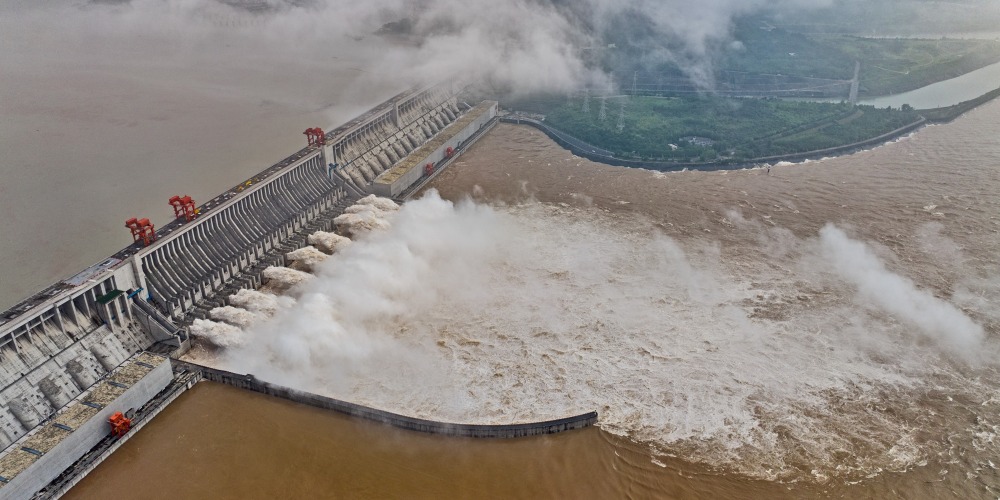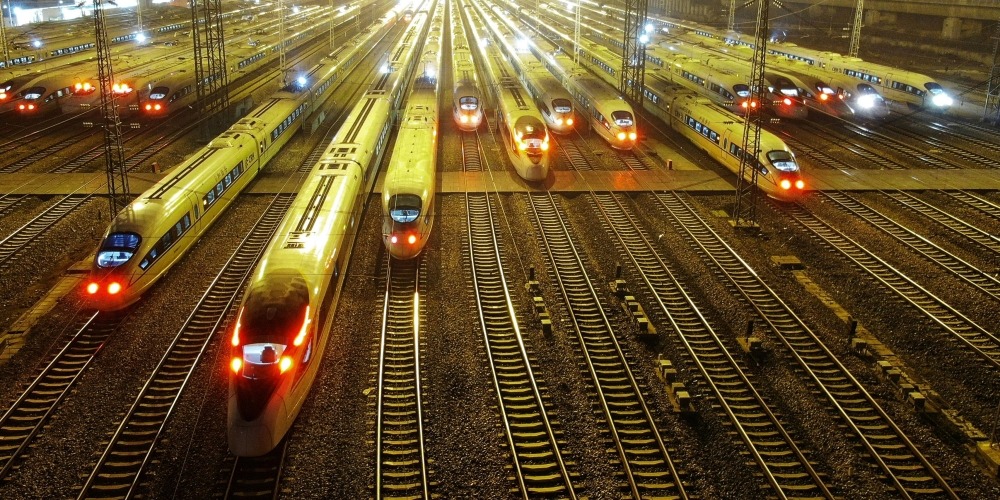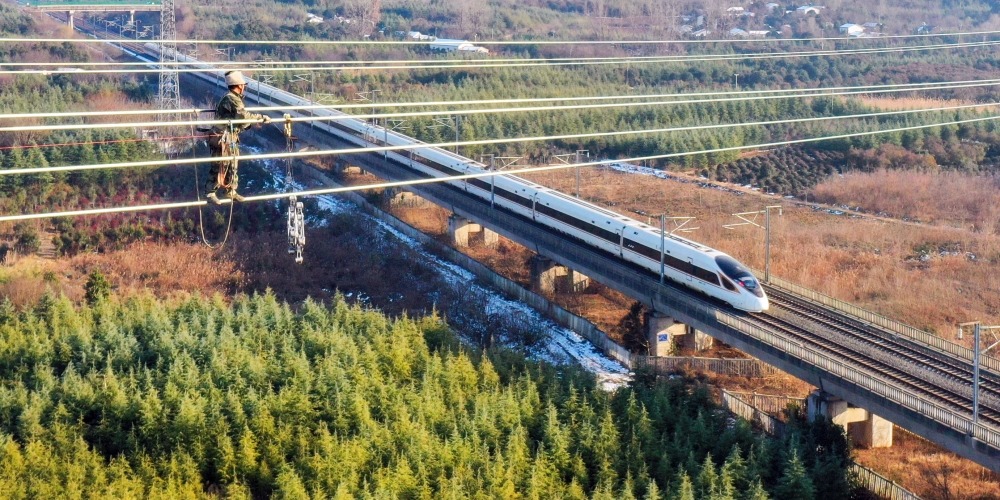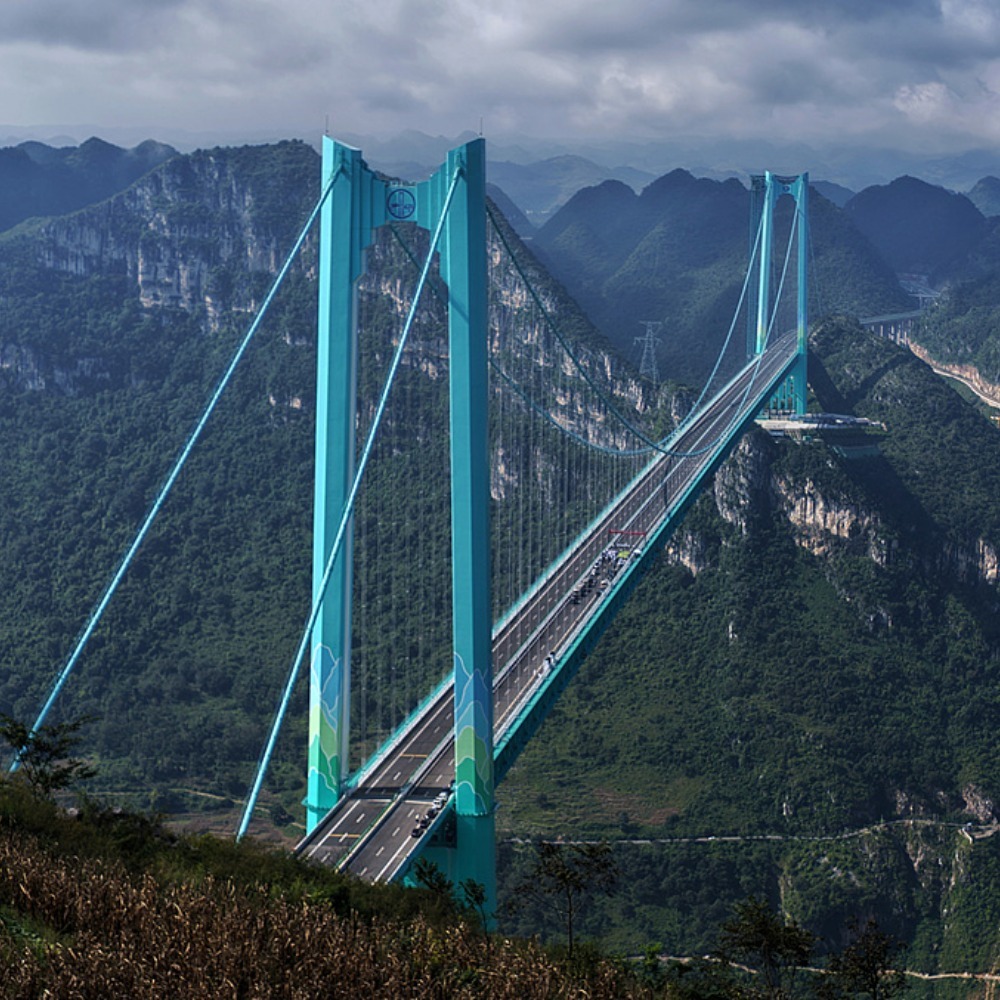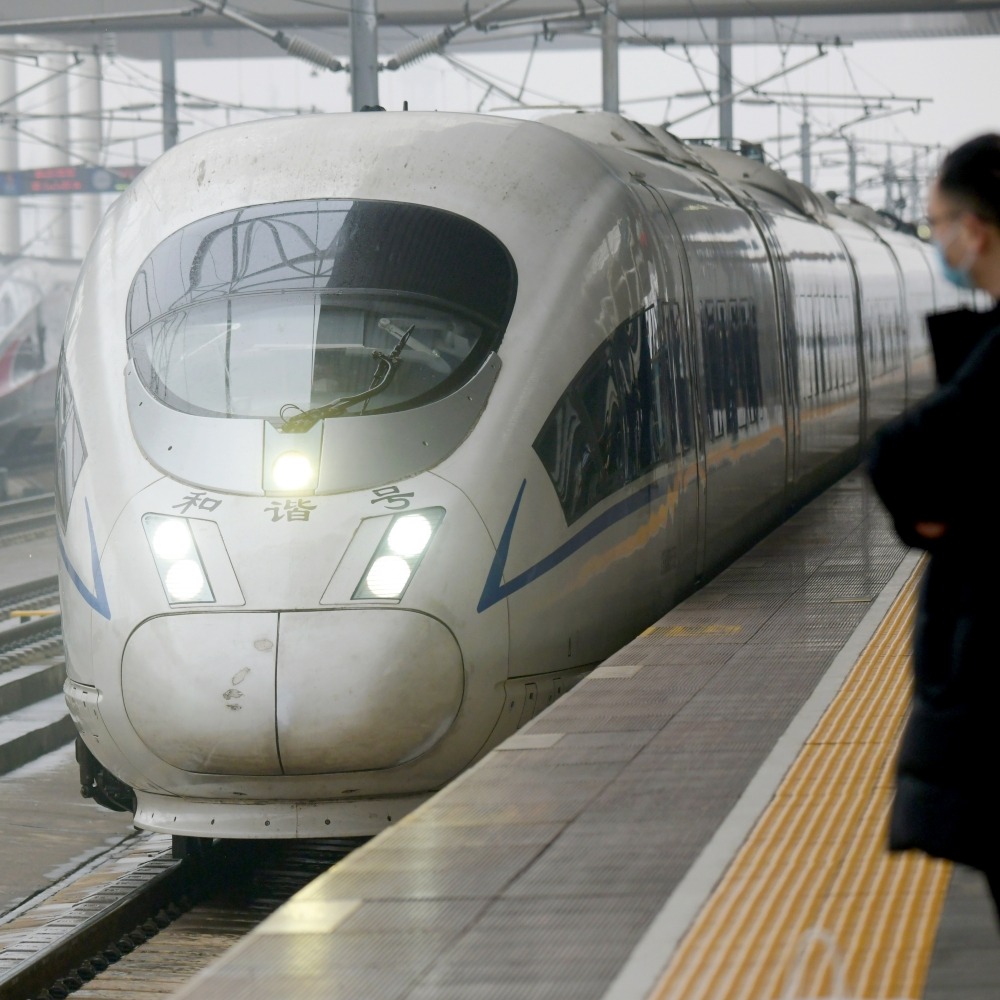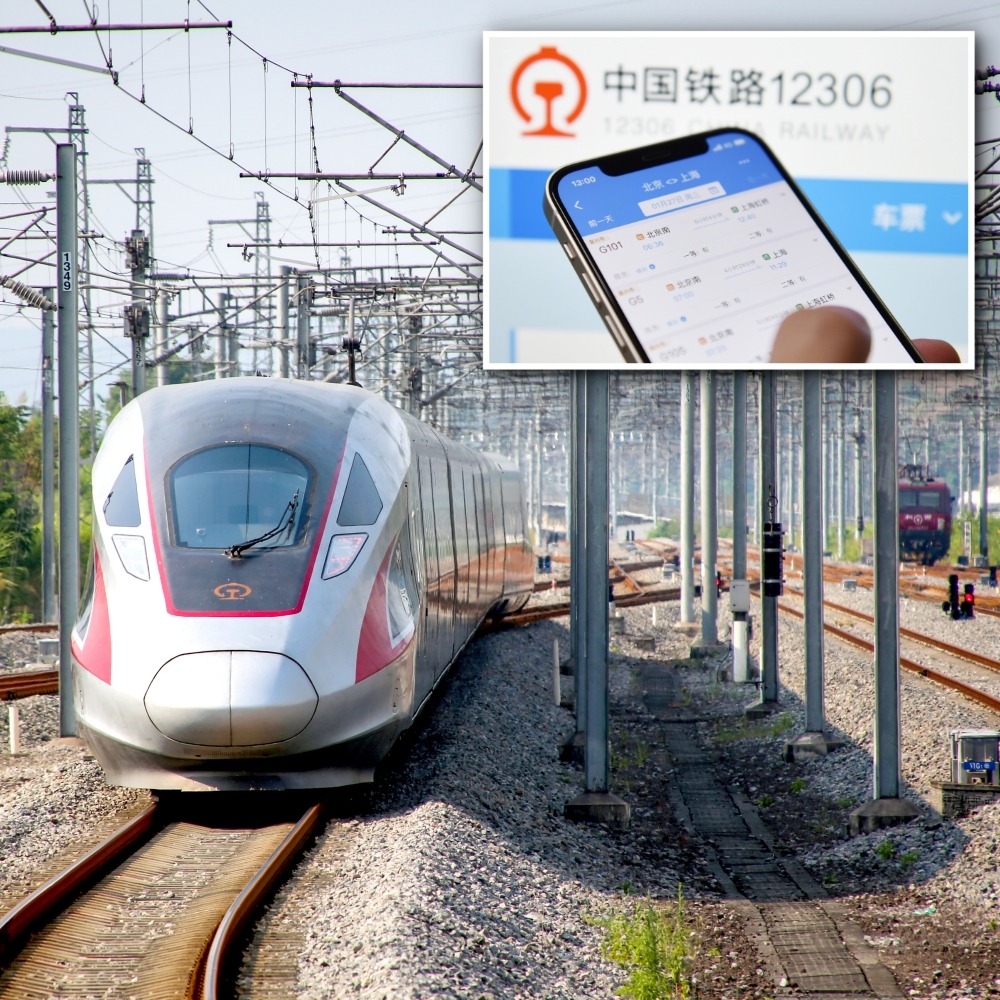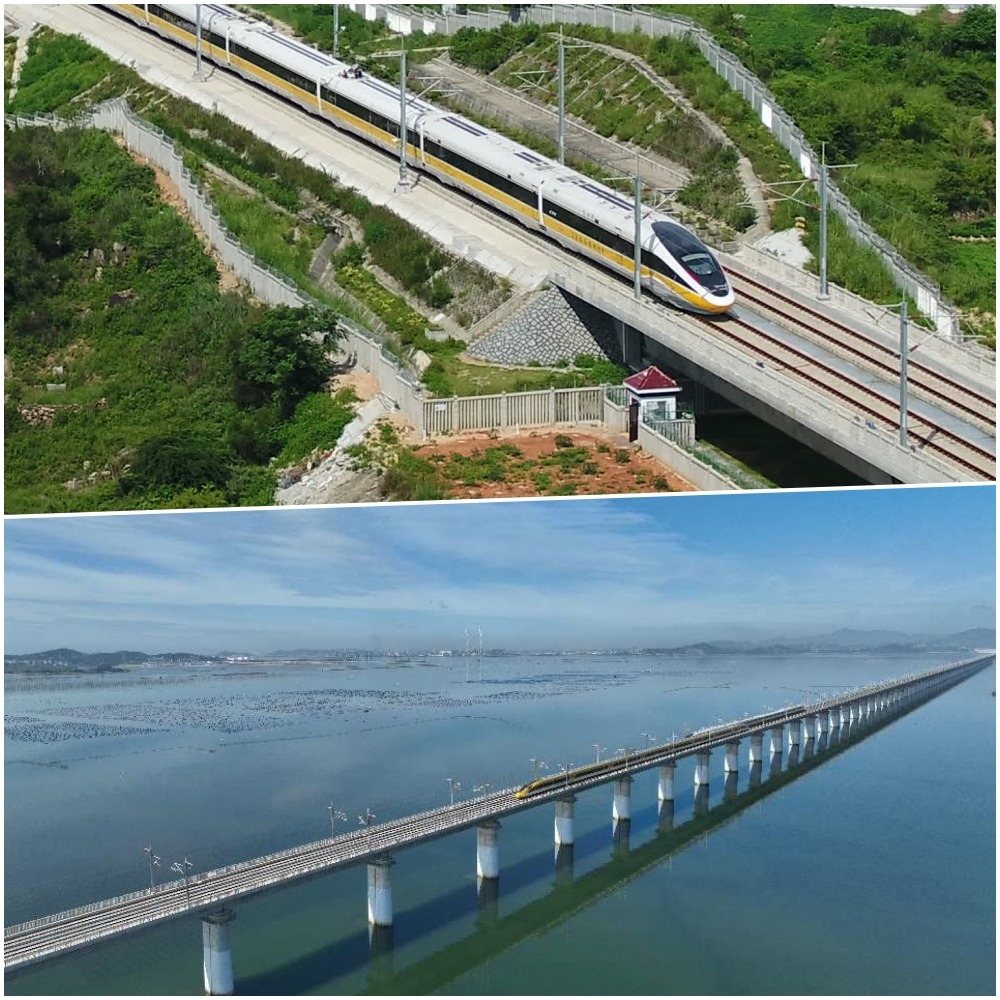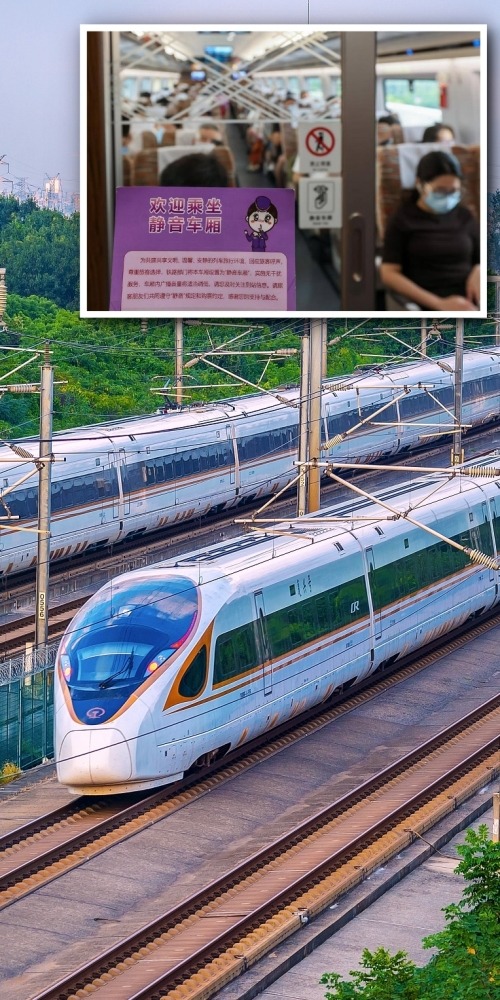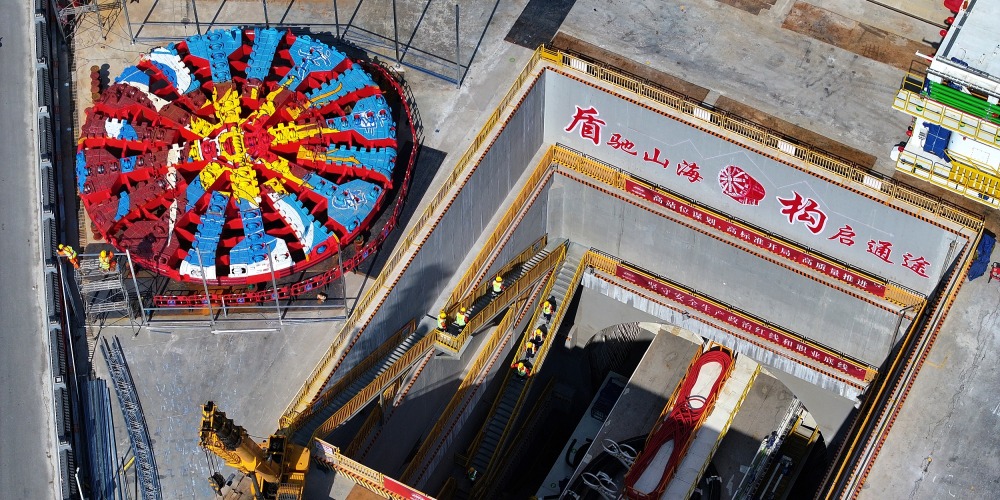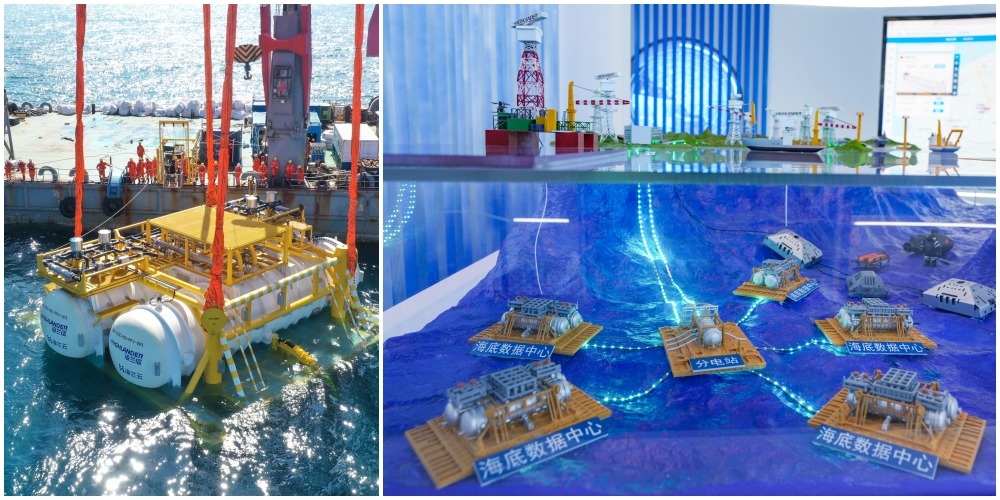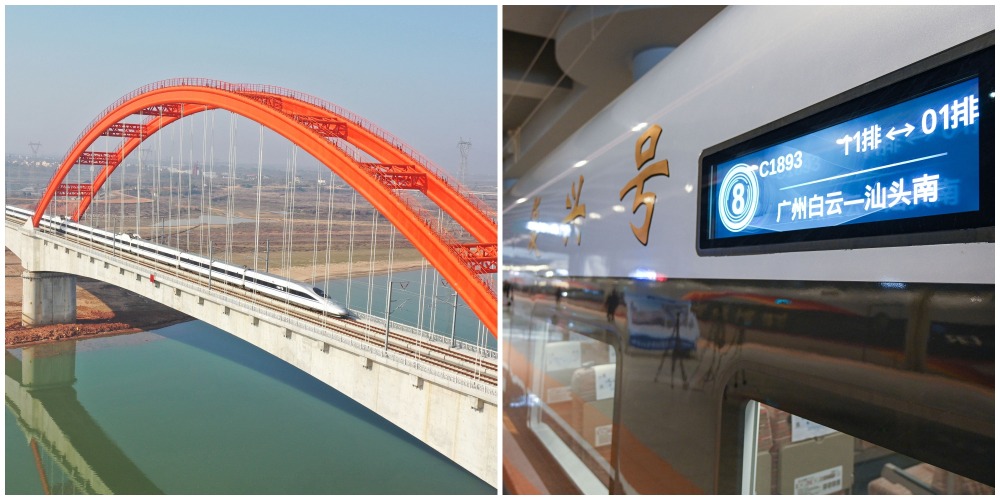Published : 2025-06-06
In just 0.005 seconds, green energy from China's Qinghai Province can be transmitted to Henan Province over 1,500 km away; one second of power transmission is enough to sustain a household for two years...This is the magic of China's Ultra High Voltage Transmission Project.
Ultra High Voltage (UHV) technology, often dubbed the "highway of electricity", stands as one of gilded hallmarks of China's manufacturing.
From the operation of the first UHV project in 2009 to the present, China has built 19 Ultra High Voltage AC lines and 20 DC lines, with transmission lengths exceeding 40,000 km, forming the main energy artery of the country's "West-to-East Power Transmission" initiative.
What is Ultra High Voltage?
Generally speaking, transmission voltages are categorised into high voltage, extra high voltage, and ultra high voltage. Ultra High Voltage transmission technology refers to AC transmission of 1,000 kilovolts and DC transmission of ±800 kilovolts or above.
Compared to high voltage and extra high voltage, Ultra High Voltage has advantages such as higher transmission efficiency, longer transmission distances, lower line losses, and land savings.
For instance, under the same power transmission conditions, the transmission distances of 1,000 kilovolts Ultra High Voltage AC and ±1,100 kilovolts Ultra High Voltage DC are four times and five times those of 500 kilovolts transmission lines, respectively, with line losses reduced to only 25%.

What's the meaning of DC and AC? Simply put, Ultra High Voltage DC is used for ultra-long distance, ultra-large capacity point-to-point transmission, unable to form a network, similar to a "non-stop flight."
Ultra High Voltage AC, on the other hand, can form a network structure, making power transmission, exchange, and dispersion very flexible, akin to a "highway traffic network."
The two complement each other in different scenarios.
Over 80% of China's energy resources are located in the western and northern regions, but over 70% of electricity consumption is concentrated in the eastern and central regions, prompting the creation of the "West-to-East Power Transmission" mega project.
To enhance transmission efficiency and enable long-distance, cross-regional transmission, the development of Ultra High Voltage transmission technology has become imperative.
Read more: Why hasn't China experienced widespread blackouts?
Overcoming technical challenges
Ultra High Voltage is not a mere amplification of high voltage grids but a qualitative enhancement of key technologies and supporting equipment, earning it the moniker "Mount Everest" of the transmission field due to its high technical difficulty.
Since the 1960s, developed countries like the United States, Japan, and the Soviet Union have conducted research on Ultra High Voltage transmission technology and have launched various projects.
However, due to technical challenges and operational efficiency issues, they eventually reduced or halted operations.

China, however, did not give up.
Dozens of research institutions and universities, over 200 equipment manufacturing enterprises, more than 500 construction units, and hundreds of thousands of people have participated in basic research, technology development, equipment manufacturing, system design, experimental verification, project construction, and commissioning operations of Ultra High Voltage, overcoming 310 key technologies.
"Without being driven into a corner, one doesn't know how much potential for innovation there is." Known as the "Father of Ultra High Voltage," Liu Zhenya once expressed this sentiment.
Currently, China has built the world's most advanced ultra high voltage (UHV) experimental research system with the highest voltage levels and most comprehensive functions, and has developed the world's highest voltage level and largest capacity single transformer.
It plays a leading role in the related fields.
Read more: How did China become the "Champion of Clean Energy"? A review of three major achievements
Read more: Offshore Wind Power: highlighting China's "Three Most" in offshore wind power
Overcoming construction challenges
In addition to technical difficulties, UHV projects also face arduous construction challenges, overcoming the dual challenges of construction in no-man's land and geographical no-man's land.

For example, the 1,901-kilometre Jinshang-Eastern Hubei UHV line passes through Xizang, Sichuan, Chongqing, and Hubei, and is the highest-altitude UHV direct current transmission project in the world.
One section of this project involves constructing 113 base iron towers on the "knife-edge ridge" with a steep slope of up to 65 degrees.
To transport nearly 75,000 tonnes of materials needed to install the towers into the deep mountains, the construction team built 6 roads with a total length of 36 kilometres.
To protect the ecological environment to the greatest extent, except for sections where temporary roads had to be built, all other points employed cable transportation, with a total of 82 cables built, accumulating to a length of over 60 kilometres.
Another example is the Sichuan-Chongqing UHV transmission project, where one section needed to cross the Ganzi Zheduo Mountain, making the high-altitude wiring the most challenging part.
The construction team completed the assembly of 62 iron towers and wiring tasks in the mountainous area.
The average construction altitude reached 4,058 metres, with the oxygen content only 60% of that in plain areas, illustrating the extreme difficult conditions and hardships of construction.

"Green electricity sky road" ensures national power supply
Since January 2009, when China's first UHV transmission project was officially put into operation, by the end of 2023, China has built 19 UHV alternating current lines and 20 UHV direct current lines.
The transmission length exceeds 40,000 kilometres, with a total transmission capacity of over 30 trillion kilowatt-hours, making its power transmission technology world-leading.
In recent years, many countries worldwide have experienced large-scale power outages.
However, in China, not only has there been no large-scale power outage in recent decades, but the safety operation level of the power grid and power supply reliability also ranks among the top in the world.
These "green electricity sky roads" are a powerful guarantee for power supply.
Read more: Another super project in China: What is "Eastern data, Western computing"?




